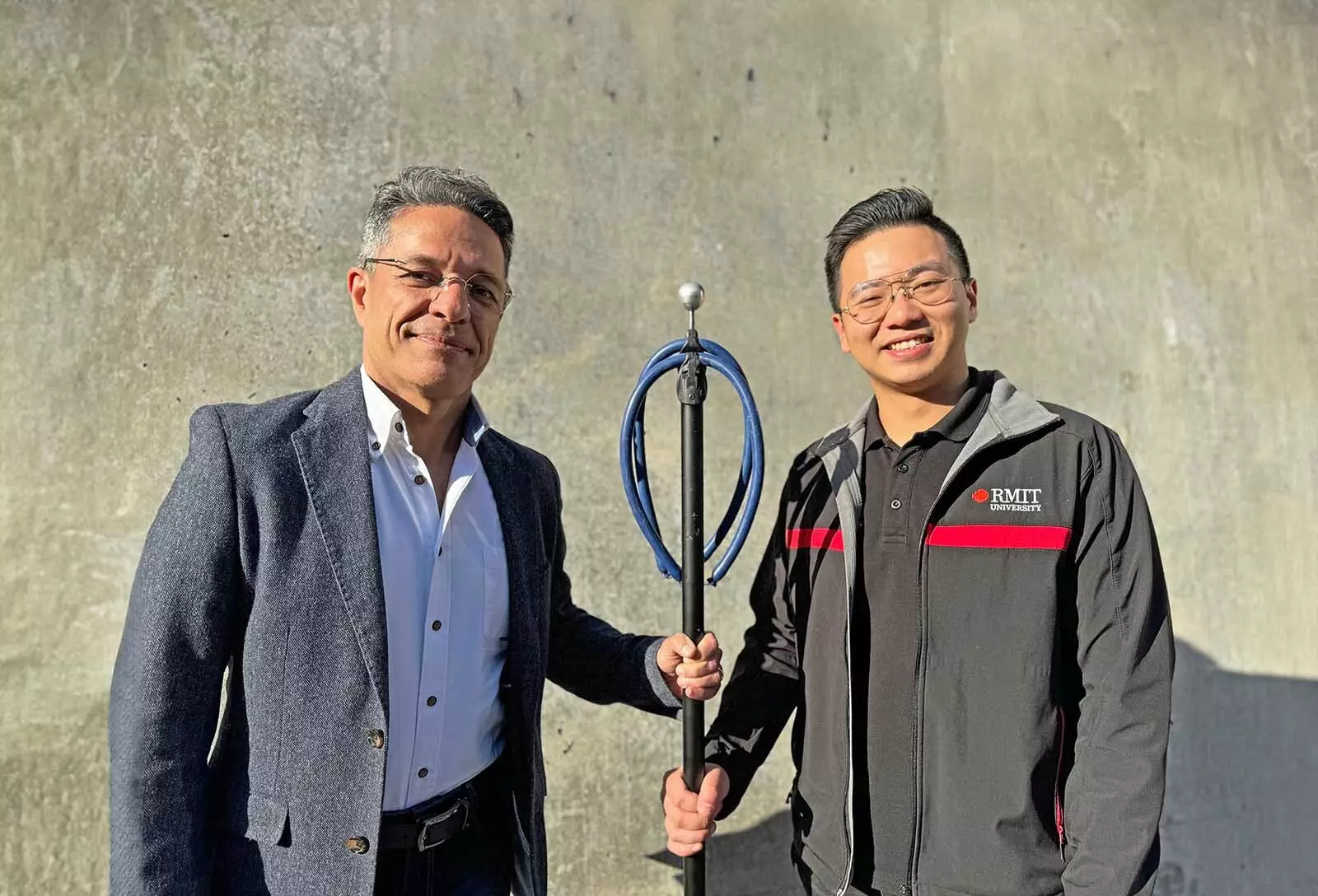A team of Australian engineers has developed a groundbreaking device for testing seabed soil in the design of offshore wind farms. This innovative tool, based on a modified speargun, provides a cost-effective and efficient alternative to traditional soil testing methods.
The device, created by researchers at RMIT University, has been proven to be twice as effective as existing lightweight soil testers in penetrating the seafloor. Through extensive testing in different sand mixes within a water tank, the engineers were able to demonstrate the device’s superior penetration potential with the use of various probe tips and high-speed cameras.
One of the key advantages of this new device is its cost-efficiency. While heavy-duty probes can cost up to AU$200,000 a day, the RMIT device offers a much more affordable solution for soil testing in offshore wind farm projects. Additionally, the device is designed with environmental friendliness in mind, as probes can be retrieved and reused after data collection, minimizing disturbance to the seabed.
Following successful laboratory testing, the researchers at RMIT are now preparing for field trials to further validate the device’s performance in real-world offshore geotechnical engineering applications. The potential impact of this innovative tool is significant, as it has the ability to streamline site investigations and save both time and money for wind farm projects.
RMIT Ph.D. candidate Junlin Rong emphasized the device’s potential to revolutionize soil testing for wind farm projects, offering substantial time and cost savings compared to traditional methods. Professor Majid Nazem highlighted the importance of collaboration with industrial partners to further test the device’s performance in the field. This collaboration will be crucial in driving the adoption of this new technology in the offshore engineering industry.
The innovative seabed soil testing device developed by Australian engineers represents a significant advancement in the field of offshore wind farm design. With its superior penetration potential, cost-efficiency, and environmental friendliness, this device has the potential to revolutionize soil testing practices and make a lasting impact on the industry. As the device moves towards field trials and potential commercialization, the future looks bright for this groundbreaking technology.


Leave a Reply